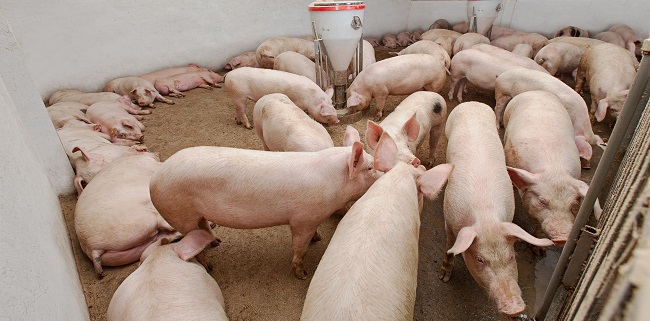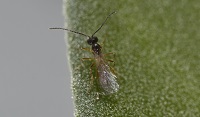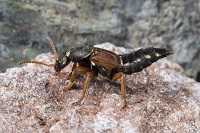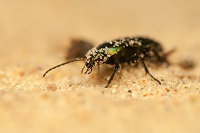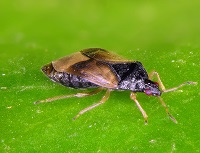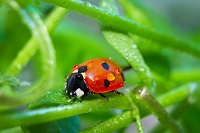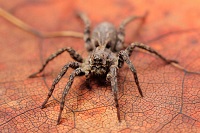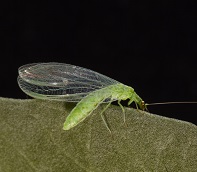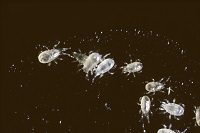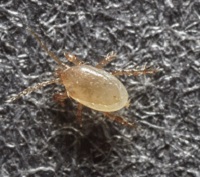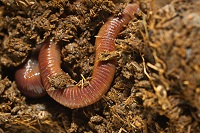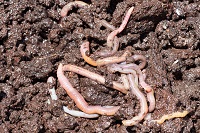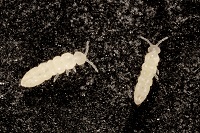"Our routine tests can be adapted to suit your particular data requirements"

Visit our other sites
-
Fapas - Proficiency Testing
Globally recognised provider of proficiency tests, running over 400 tests annually across an extensive range of matrices and analytes
-
Great Crested Newts Testing
A single sample taken by an ecologist at any time during the newt breeding season can determine their presence or absence, saving you time and money
- Fera offers a wide range of standardised laboratory studies, aged residue tests as well as more complex higher tier studies under extended laboratory, glasshouse, semi-field and field conditions with standard or bespoke designs.
- See Services
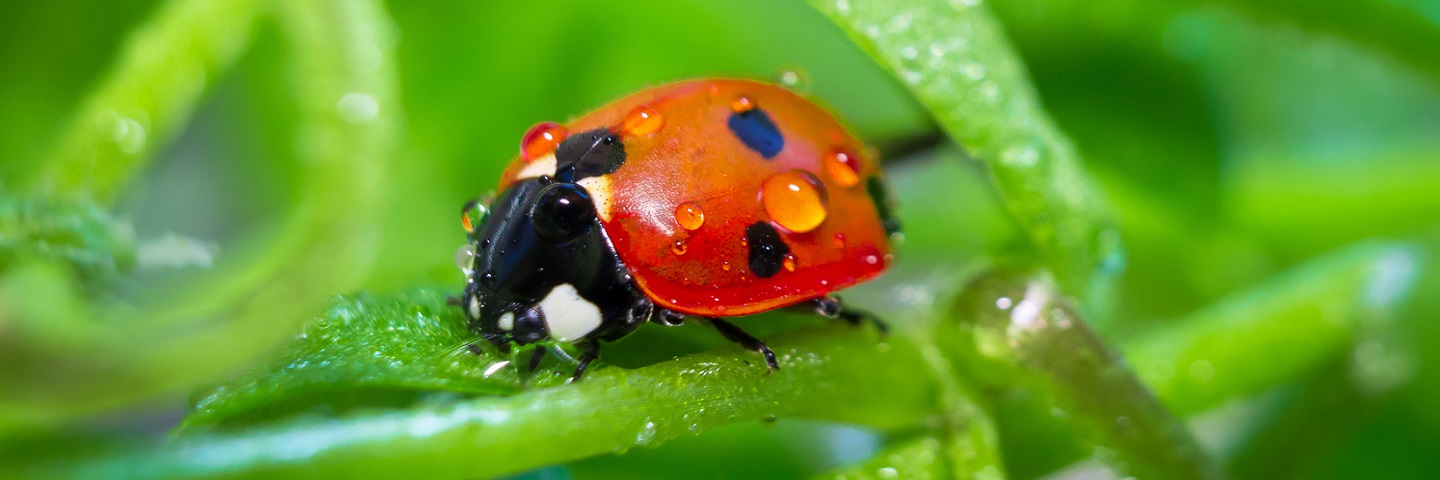
Fera offers a wide range of standardised Phase I laboratory studies, aged residue tests as well as more complex higher tier studies under extended laboratory, glasshouse, semi-field and field conditions with standard or special designs. All studies are planned and performed by an experienced team of scientists and technical personnel.
All studies are planned in accordance with the current international guidelines (OECD, ISO, IOBC, EPA, WPRS) and guidance documents. We can also adapt our services to provide bespoke tests that meet your specific data requirements.
Fera has the best people in the right place focussed on delivering the right solution. We continuously invest in our people and support them in delivering the best science to our partners.

Nick Jarratt
Nick is the science lead for Terrestrial Ecotoxicology here at Fera. Nick has over 18 years practical experience of conducting ecotoxicology studies for both government and contract research laboratories. Nick’s focus is the effects of organic substances including agrochemicals, veterinary medicines and feed additives on non-target arthropods, terrestrial plants and soil organisms.

Selwyn Wilkins
Selwyn specialises in honey bee management, disease recognition diagnosis and control, extension to beekeepers, advice to policy and government and honey bee ecotoxicology.
Our Services - Non Target Anthropods,
Terrestrial Plants and Soil Organism
Non-target Arthropods
| Test Guideline | Description |
|---|---|
| IOBC/WPRS Mead-Briggs, et al (2000). | A laboratory test for evaluating the effects of plant protection products on the parasitic wasp, Aphidius rhopalosiphi (DeStephani-Perez) (Hymenoptera, Braconidae) |
| IOBC/WPRS Mead-Briggs et al (2010). | An extended laboratory test for evaluating the effects of plant protection products on the parasitic wasp, Aphidius rhopalosiphi (Hymenoptera, Braconidae).
The study can also be performed in an aged residue design |
| IOBC/WPRS Blümel S, et al (2000). | Laboratory residual contact test with the predatory mite Typhlodromus pyri Scheuten (Acari: Phytoseiidae) for regulatory testing of plant protection products. The study can also be performed in an aged residue design
|
| IOBC/WPRS Schmuck R, et al (2000). | A laboratory test system for assessing effects of plant protection products on the plant dwelling insect Coccinella septempunctata L. (Coleoptera: Coccinellidae) |
| IOBC/WPRS Vogt H. et al (2000). | Laboratory method to test effects of plant protection products on larvae of Chrysoperla carnea (Neuroptera: Chrysopidae). |
| IOBC/WPRS Grimm et al (2000). | A test for evaluating the chronic effects of plant protection products on the rove beetle Aleochara bilineata Gyll. (Coleoptera: Staphylinidae) under laboratory and extended laboratory conditions. |
| IOBC/WPRS | A method for testing effects of plant protection products on the carabid beetle Poecilus cupreus (Coleoptera, Carabidae) under laboratory, and semi-field conditions |
| Heimbach, U., et al (2000). | A method for testing effects of plant protection products on spiders of the genus Pardosa (Araneae, Lycosidae) under laboratory conditions. |
Terrestrial Plants
| Test Guideline | Description |
|---|---|
| OECD TG 208 | Terrestrial Plant Test: Seedling Emergence and Seedling Growth Test The study can also be performed in an SSD or manure-mediated exposure design |
| OECD TG 227 | Terrestrial Plant Test: Vegetative Vigour Test The study can also be performed in an SSD design |
Soil Organisms
| Test Guideline | Description |
|---|---|
| OECD TG 207 | Earthworm, Acute Toxicity Tests |
| OECD TG 222 | Earthworm Reproduction Test (Eisenia fetida/Eisenia andrei) |
| OECD TG 216 | Soil Microorganisms: Nitrogen Transformation Test |
| OECD TG 226 | Predatory mite (Hypoaspis (Geolaelaps) aculeifer) Reproduction Test in Soil |
| OECD TG 232 | Collembolan Reproduction Test in Soil |
Dung Fauna
| Test Guideline | Description |
|---|---|
| OECD TG 228 | Determination of Developmental Toxicity of a Test Chemical to Dipteran Dung Flies (Scathophaga stercoraria L. (Scathophagidae), Musca autumnalis De Geer (Muscidae)) |
Resources - Factsheets
Listen to our team
Fera works closely with plant protection, biocide, animal health and chemical manufacturers to help develop effective, sustainable and safe products that enhance output whilst minimising adverse environmental impacts.
We're looking for the most talented and ingenious minds to help us tackle tomorrow's challenges with an innovative approach. Could you provide the answers?
- Ecotoxicology
- Fate & metabolism
- Livestock metabolism and residue studies
- Efficacy services
- Analytical chemistry
- Consultancy




